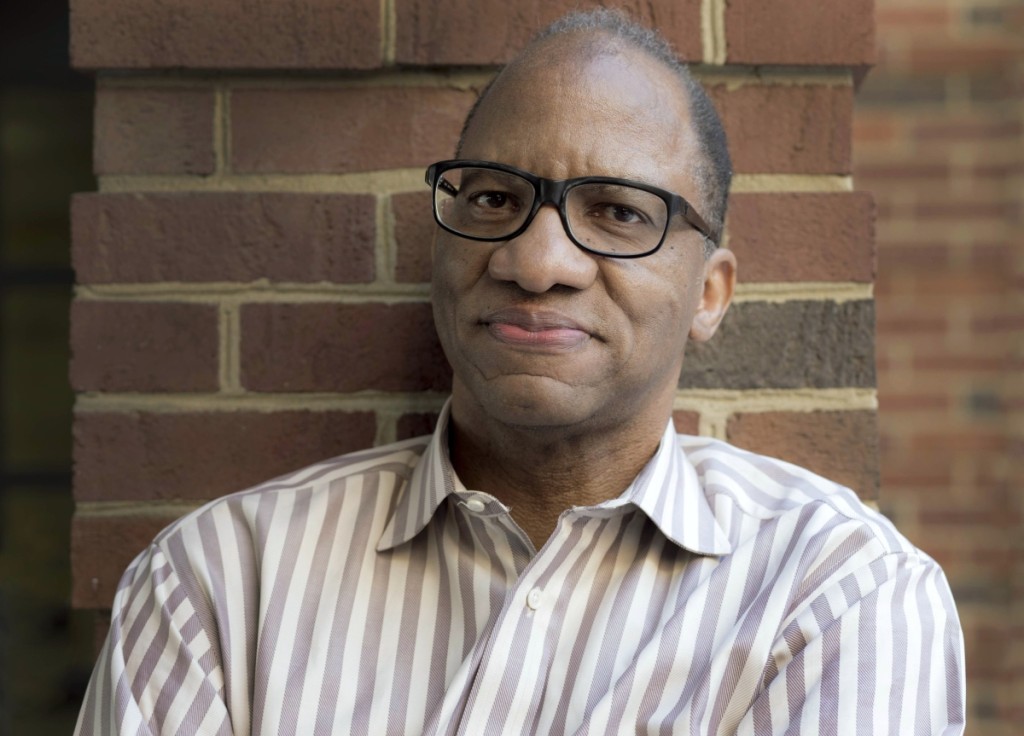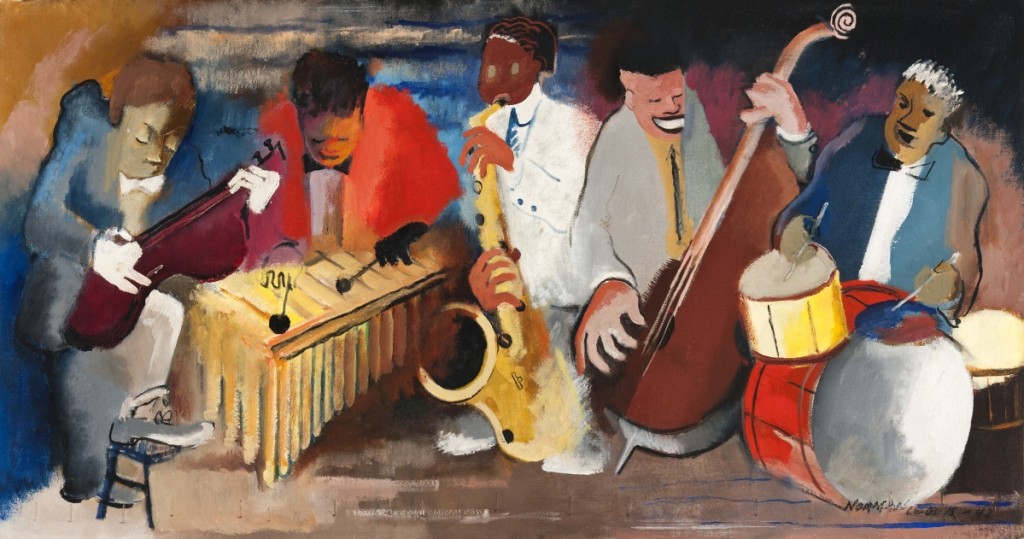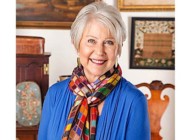 Columbus, Ohio, native Wil Haygood is guest curator for “I, Too, Sing America: The Harlem Renaissance at 100” and the author of the companion book of the same name. Organized by the Columbus Museum of Art, the exhibition, on view at the Columbus Museum of Art through January 20, offers a fresh look at the visual art and material culture of this groundbreaking moment in American cultural history. Best known as the author of The New York Times bestseller The Butler: A Witness to History, Haygood is an award-winning journalist, cultural historian and distinguished writer whose career has spanned decades.
Columbus, Ohio, native Wil Haygood is guest curator for “I, Too, Sing America: The Harlem Renaissance at 100” and the author of the companion book of the same name. Organized by the Columbus Museum of Art, the exhibition, on view at the Columbus Museum of Art through January 20, offers a fresh look at the visual art and material culture of this groundbreaking moment in American cultural history. Best known as the author of The New York Times bestseller The Butler: A Witness to History, Haygood is an award-winning journalist, cultural historian and distinguished writer whose career has spanned decades.
Why did you choose the Langston Hughes poem to frame the exhibit’s title at the Columbus Museum of Art?
When the museum staff and I started thinking about this exhibit, there was a vivid rise in racist episodes in this country. The Nazi march in Charlottesville, Va., was yet another reminder of this nation’s ugly racial past. Slavery was anchored here for generations. Against that backdrop, it seemed appropriate to me to honor those from the past – and current citizens today – who are simply trying to “sing America.” Blacks and immigrants have played courageous roles in the shaping of this nation.
What was it like growing up in Columbus in the 1960s?
I had a lovely childhood in the 1960s growing up in an integrated neighborhood on the north side. We lived with my grandparents then. Our next door neighbors were white. In 1968, my mother, wanting some independence, moved myself and my siblings to the all-black Bolivar Arms housing project on the east side. It was there where I first saw the ravages of stark inequality. Everyone was poor. The grocery stores were not good. The schools were all black and overcrowded. Crime was all too prevalent. That was also the summer when Martin Luther King Jr had been murdered. So there was also a great sadness that lay over this community.
What sparked your interest in journalism and history?
The genres satisfy my huge curiosity about America and the world. I get to ask people questions and then put things into a narrative. The journalism has fed the books, and the books have fed my journalistic curiosity. My writings have taken up large swaths of the American story, intercutting politics, history, race and biography. As well, stories that I can newly discover interest me. The White House butler story had been untold. Likewise, the twin championship teams of segregated East High School in Columbus, the subject of my current book, Tigerland.

Norman Lewis (1909–1979), “Jumping Jive,” 1942, oil on canvas, 16-1/8 by 30 inches, signed. Courtesy of Michael Rosenfeld Gallery LLC, New York City. ©Estate of Norman W. Lewis;Courtesy of Michael Rosenfeld Gallery LLC, New York City.
In researching and writing your three-part series on the Harlem Renaissance for the Boston Globe in the 1980s, what was the most affecting discovery?
It was poignant to track down dancers and singers who were there, in Harlem, when the Renaissance was flowering. They had been teenagers then. I found them in those old apartment buildings along 125th Street. Many had saved beautiful photographs. And how delighted they were that someone had knocked on their door seeking their story, their moment on the American stage of black creativity. When I was growing up as a little black kid in Columbus, I wasn’t introduced to a single black artist by any arts venue or organization. This current Columbus Harlem exhibition is not only important to the city and state, but to the nation as a whole. It was also important to me that the book I’ve written accompanying the exhibit be more than a museum companion piece. It is a book about the scope and breadth of the Harlem Renaissance itself.
What stands out the most for you from that era – the music, the art or social history?
I remain in awe of those Harlem figures who created art – literature, paintings – in the face of daily discrimination. What courage and resilience! They had so many doors slammed in their faces. Phone calls were never returned. And yet they kept returning to their little work studios or their tiny apartments and producing their work. To me they were really artistic Patriots. They believed in America even as America, for the most part, refused to believe in them. Credit must also be given to the white benefactors who did believe in them and offered both spiritual and financial support.
Your book Showdown: Thurgood Marshall and the Supreme Court Nomination That Changed America revealed executive and judicial branch “choreography” in the Johnson administration. Has anything changed?
President Obama’s high court nominee, Merrick Garland, did not get a hearing before the US Senate. That was clearly unconstitutional. The country is now more diverse than ever. That is simply not reflected in the US Senate, which has become unseemly partisan.
In your Washington Post article about Eugene Allen, the basis for the character in the 2013 historical drama The Butler, you write, “In its long history, the White House – just note the name – has had a complex and vexing relationship with black Americans.” How are you viewing that relationship these days?
The daily headlines tell the story of a White House that is in daily chaos and disarray. That fact alone should be worrisome to every voter in this nation. I’ve been a foreign correspondent and I’ve seen nations crack when their democracies have been unendingly threatened.
–W.A. Demers




